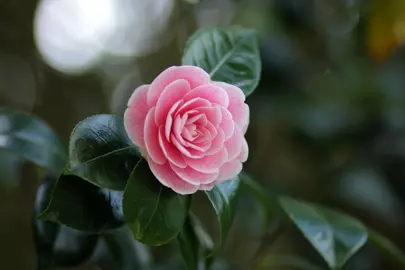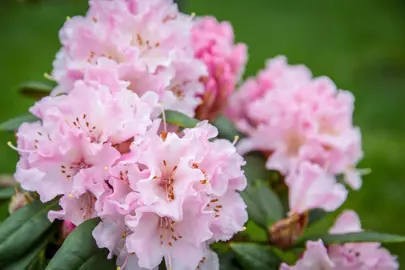Muehlenbeckia astonii
Mingimingi, Wiggy Wig, Shrubby Totoraro
Muehlenbeckia astonii, commonly known as Shrubby Tororaro or Mingimingi, is a NZ native shrub featuring densely interlaced branches. The wiry stems host small, bright green leaves and delicate, white flowers in summer. It grows to 2.5 m high and 1.5 m wide and can be contained with trimming. Muehlenbeckia astonii is commonly included in a mixed planting or grown as an interesting hedge.










